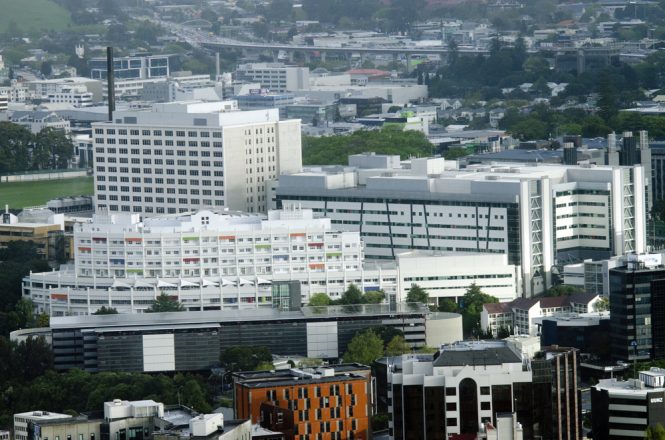边界开放后,奥克兰地区卫生委员会正在迅速开展工作,以计划与 Covid 的生活,并通过建模帮助老板进行计划。
它描绘了一幅清醒的画面,说明在社区中永久拥有 Covid 的样子。
在他们认为最有可能的情况下,平均每周将有 1000 多例社区病例,33 例住院病例,6 人死亡。
DHB 的提供者服务主管迈克·谢泼德说,为医院做好准备的工作已经在进行中。
这包括对重症监护室、儿科重症监护室和产科病房的升级-从事改善通气或为非 COVID 患者创造安全区等工作。
Shepherd 博士说,尽管没人知道边界开放后会发生什么,但 DHB 现在必须制定计划,模型为它提供了实现这一目标的最佳机会。
他说:“达美确实带来了一些比我们以往任何时候都更大的新问题,尤其是在空气传播疾病方面。”
该模型仅适用于奥克兰 DHB,因此整个城市的案件数量会更高。
它显示了边界何时开放的各种情况,但表示最现实的情况是 90% 的符合条件的人接种了疫苗,一些控制措施仍然存在,包括对人们可能来自的国家的限制以及一些 2 级限制。
重症监护协会发言人安德鲁·斯塔普尔顿说,其他医院也在进行类似的工作,为 Covid 永久存在这里的现实做准备。
他说:“一旦你从这种感染中脱下喉咙,它将很快在全国范围内移动。”
医院必须为病毒接受治疗的不仅仅是人们需要做好准备。
会有车祸受害者,或者正在接受手术或生孩子的患者,他们刚好患有 Covid。
他们需要在不感染工作人员或其他患者的情况下得到照顾。
在奥克兰,预计每周有 30 人。
Shepherd 博士说,需要多少员工的工作仍在进行中,包括解决重症监护护士短缺的问题。
他说:“我们担心重护病房的病床数量,我们认为这将对我们能做的所有工作产生影响。”
Stapleton 博士说,在全国各地,由于额外的 Covid 患者,计划的手术将不得不推迟。
他说,迫切需要开展工作,从海外招募重症监护护士,使他们及其家人能够轻松地搬到这里。
他说,其他国家正在展示广泛传播 Covid 的样子。
在苏格兰,一个与新西兰相似的国家,疫苗接种率为 88%,每天要处理 2000 例病例。
他说:“因此,我认为对我们将要处理的案例数量的欣赏并没有真正渗透到人们的脑海中。”
两位医生都表示,疫苗接种率越高,卫生系统应对的能力就越好。
来源:RNZ 新闻





























































